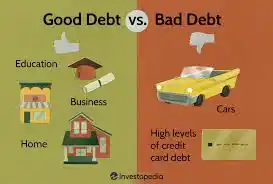Term Life Insurance Rate Chart by Age

Term life insurance is a popular and affordable option for individuals looking to secure financial protection for their loved ones in the event of an untimely demise.
Understanding the intricacies of term life insurance rates based on age is crucial for making informed decisions about coverage.
In this article, we will provide you with a detailed term life insurance rate chart by age, along with essential information on how term life insurance is calculated. Let’s dive in!
Term Life Insurance Rate Chart by Age
Here’s a comprehensive table displaying estimated monthly premiums for a $500,000 term life insurance policy based on different age brackets.
These rates are approximate and may vary depending on individual circumstances and insurance providers.
Age Range Monthly Premium
20-29 $15 – $20
30-39 $20 – $25
40-49 $25 – $35
50-59 $40 – $60
60-69 $70 – $100
FAQs
What is the best age for term insurance?
The ideal age to purchase term insurance varies based on individual circumstances and needs. Generally, it’s advisable to secure a term life insurance policy as early as possible, ideally in your 20s or 30s, when rates are typically lower and your health is likely to be at its best.
At what age does term life insurance end?
Term life insurance policies typically have a specific duration, commonly 10, 20, or 30 years. The coverage ends when the term expires, and there is no return on premiums if the policyholder outlives the term.
How is term life insurance calculated?
Term life insurance rates are determined based on several factors, including age, gender, health condition, smoking habits, occupation, and the coverage amount. Insurance providers assess these variables to calculate the risk and offer the appropriate premium rates.
What is a 10-year level term life insurance?
A 10-year level term life insurance policy provides coverage for ten years at a fixed premium rate. During this period, the premium remains constant, making it easier for policyholders to plan their finances.
After ten years, the policy can be renewed at a higher premium or converted to a permanent life insurance policy, depending on the terms of the contract.
Also Read: Key Differences between Life and Non-Life Insurance




